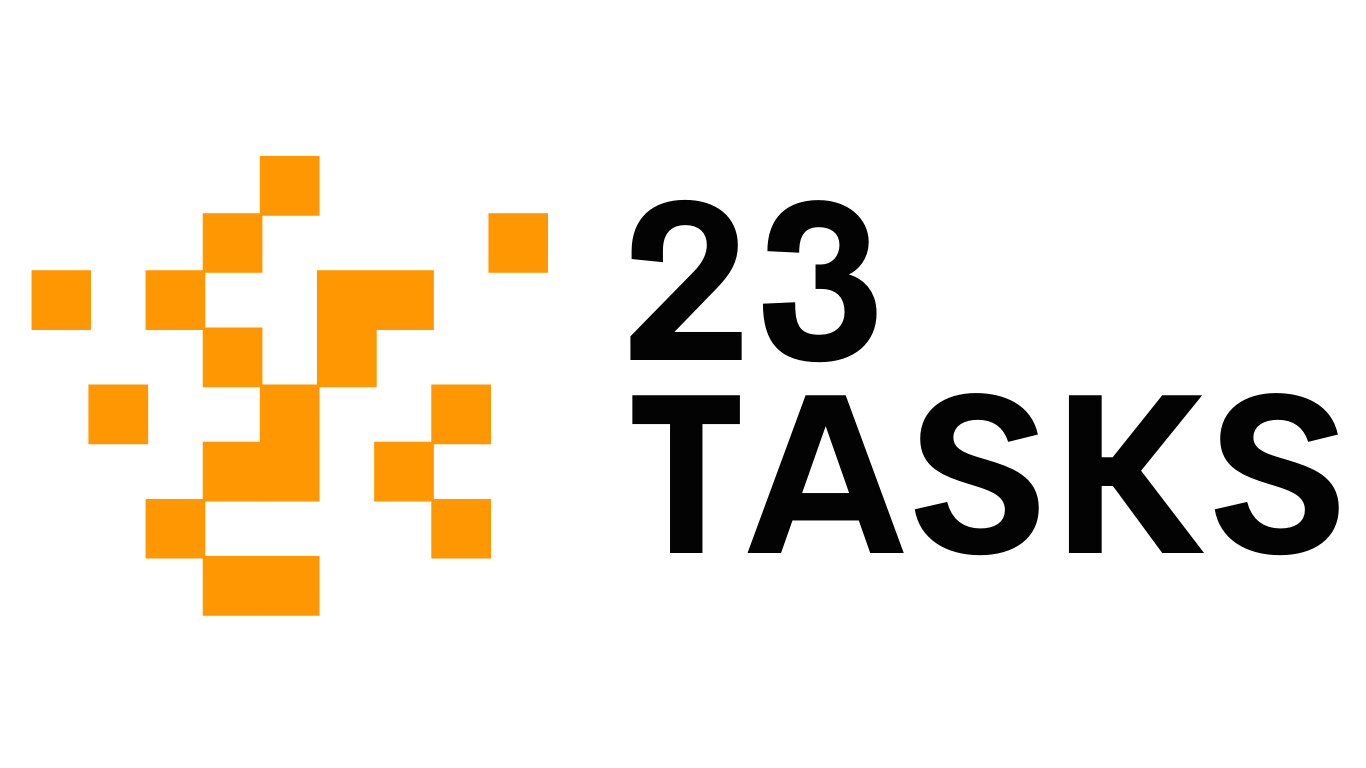How to set realistic weight loss goals?
A Slightly Deeper Dive
Embarking on a weight loss journey often begins with enthusiasm, but without realistic goal setting, that initial motivation can quickly wane in the face of slow progress or unexpected challenges. Setting targets that are too ambitious can lead to discouragement, frustration, and ultimately, giving up. Conversely, realistic and well-structured goals provide a clear roadmap, build confidence with each milestone achieved, and foster sustainable lifestyle changes.
Principles for Realistic Weight Loss Goal Setting
The foundation of realistic weight loss lies in understanding your body's capabilities and adopting a sustainable pace. Health authorities widely recommend aiming for a gradual and steady weight loss of 1 to 2 pounds (0.5 to 1 kilogram) per week. This rate is achievable by creating a moderate calorie deficit (typically 500-750 calories per day through diet and increased activity) and is associated with better long-term weight maintenance compared to rapid, unsustainable losses.
A highly effective framework for setting clear and achievable weight loss goals is the SMART method. As discussed by
- Specific: Vague goals like "I want to lose weight" are hard to act upon. Be precise. Instead, state "I will lose 10 pounds in 10 weeks" or "I will walk for 30 minutes, five days a week."
- Measurable: Your goal needs to be quantifiable so you can track your progress. This could involve weighing yourself weekly, tracking food intake, or logging exercise minutes.
- Achievable: Ensure your goal is realistic given your current health, lifestyle, and resources. Aiming to lose 20 pounds in two weeks is not achievable; losing 5-10% of your current body weight as an initial target often is.
- Relevant: Your goal should be personally meaningful and align with your broader health and wellness objectives. It should contribute to your "why" for losing weight.
- Time-bound: Set a clear deadline or timeframe for your goal. This creates a sense of urgency and helps you stay focused. For instance, "I will lose 5 pounds by the end of next month."
Beyond the Scale: Focusing on Process Goals
While outcome goals (like losing a certain amount of weight) are important, focusing solely on the number on the scale can be demotivating, especially during plateaus. Supplement your outcome goals with "process goals" – the actionable behaviors you'll adopt daily or weekly. Examples include:
- "I will eat at least 5 servings of fruits and vegetables daily."
- "I will drink 8 glasses of water every day."
- "I will prepare healthy lunches for work 4 days a week."
- "I will aim for 7-9 hours of sleep nightly."
These process goals empower you by giving you direct control over your actions, and their consistent achievement will naturally lead to your outcome goals over time. Break down larger goals into smaller, short-term milestones to celebrate progress regularly and maintain momentum. Remember that weight loss is not a linear journey; be patient with yourself and flexible with your plan, adjusting as needed based on your progress and individual circumstances. Consulting with a healthcare provider or a registered dietitian can also provide personalized guidance for setting the most appropriate and realistic goals for your unique situation.
In summary, setting realistic weight loss goals involves understanding healthy weight loss rates, applying the SMART framework to create clear objectives, and prioritizing actionable process goals. This comprehensive approach builds a solid foundation for sustainable progress, boosts motivation, and ultimately leads to lasting success in your weight management journey.
If you're here you're already ahead of the pack. Take the next step. Complete even half of the 23 Tasks and you'll know more than 99 percent of the world about weight loss. For a lot of people, price was the only obstacle. That's why we've introduced our monthly sub. If you feel it doesn’t click with you, you're not committed to any long term plan.
Sign up for our newsletter
© 2025 23 tasks All rights reserved. The 23 Tasks logo and trademark are propietary and legally protected. Unauthorized use, reproduction, or distribution is strictly prohibited.

